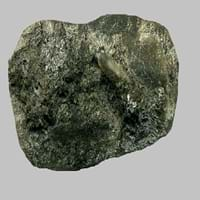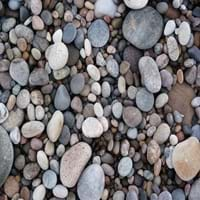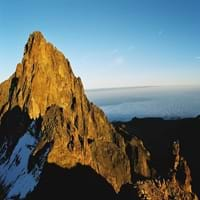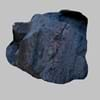Kenyte is a variety of porphyritic phonolite or trachyte rock with rhomb shaped phenocrysts of anorthoclase with variable olivine and augite in a glassy matrix 0
From the mountain ranges- Mount Kenya and is named by J. W. Gregory in 1900 0
Durable Rock, Medium Hardness Rock 0
Fine Grained Rock, Opaque Rock 0
Brown, Buff, Cream, Green, Grey, Pink, White 0
Decorative Aggregates, Entryways, Homes, Interior Decoration, Kitchens 0
As Building Stone, Garden Decoration, Paving Stone 0
As Dimension Stone, Cement Manufacture, Construction Aggregate, for Road Aggregate, Landscaping, Making natural cement, Manufacture of Magnesium and Dolomite Refractories, Production of Glass and Ceramics 0
Artifacts, Monuments, Sculpture 0
Cemetery Markers, Creating Artwork 0
Application of acids on the surface causes cloudy frosting, Available in Lots of Colors and Patterns, Dissolves in hydrochloric acid, Is one of the oldest rock 0
Archaeological Significance
0
Kenyte is a fine-grained, hard rock which is a type of metasomatite, essentially altered basalt. It forms with or without crystallization, either below the surface as intrusive rocks or on the surface as extrusive rocks. 0
Albite, Amphibole, Biotite, Cancrinite, Feldspar, Hornblende, Plagioclase, Pyroxene, Sodalite 0
Aluminium Oxide, CaO, Iron(III) Oxide, FeO, Potassium Oxide, MgO, MnO, Sodium Oxide, Phosphorus Pentoxide, Silicon Dioxide, Titanium Dioxide 0
Burial Metamorphism, Cataclastic Metamorphism, Impact Metamorphism 0
Chemical Erosion, Coastal Erosion 0
White, Greenish White or Grey 0
Heat Resistant, Impact Resistant, Wear Resistant 0
Deposits in Eastern Continents
0
Indonesia, Iran, Russia, Saudi Arabia, Sri Lanka, Taiwan, Thailand, Turkey, Turkmenistan, Vietnam 0
Angola, Egypt, Madagascar, Namibia, Nigeria, South Africa 0
Andorra, Finland, France, Germany, Great Britain, Italy, Norway, Portugal, Spain, Sweden 0
Deposits in Western Continents
0
Brazil, Chile, Colombia, Uruguay, Venezuela 0
Deposits in Oceania Continent
0
New Zealand, Queensland, South Australia, Tasmania, Western Australia 0
Learn more about Properties of Kenyte
What is Kenyte? In this section, we will learn more about properties of Kenyte i.e. physical and thermal properties. Physical properties of Kenyte include Color, Streak, Hardness, Structure, Cleavage, Fracture, Luster, Specific Gravity etc. The strength of Kenyte is 150.00 N/mm2. Streak of Kenyte is white, greenish white or grey while its cleavage is poor. Luster of Kenyte is greasy to dull and its fracture is conchoidal to uneven. Kenyte is translucent to opaque in nature. Know all about Kenyte, What is Kenyte, its composition, features, facts and reserves in next sections.
Know about Composition of Kenyte
What is Kenyte composed of? Get to know about composition of Kenyte here. Kenyte definition gives information about the Formation of Kenyte and its composition.The composition of Kenyte can be further divided into mineral and compound content. The mineral content of Kenyte rock includes Albite, Amphibole, Biotite, Cancrinite, Feldspar, Hornblende, Plagioclase, Pyroxene, Sodalite and The compound content of Kenyte rock includes Aluminium Oxide, CaO, Iron(III) Oxide, FeO, Potassium Oxide, MgO, MnO, Sodium Oxide, Phosphorus Pentoxide, Silicon Dioxide, Titanium Dioxide. Almost all rocks undergo transformation process. Know all about Kenyte rock in next section.









